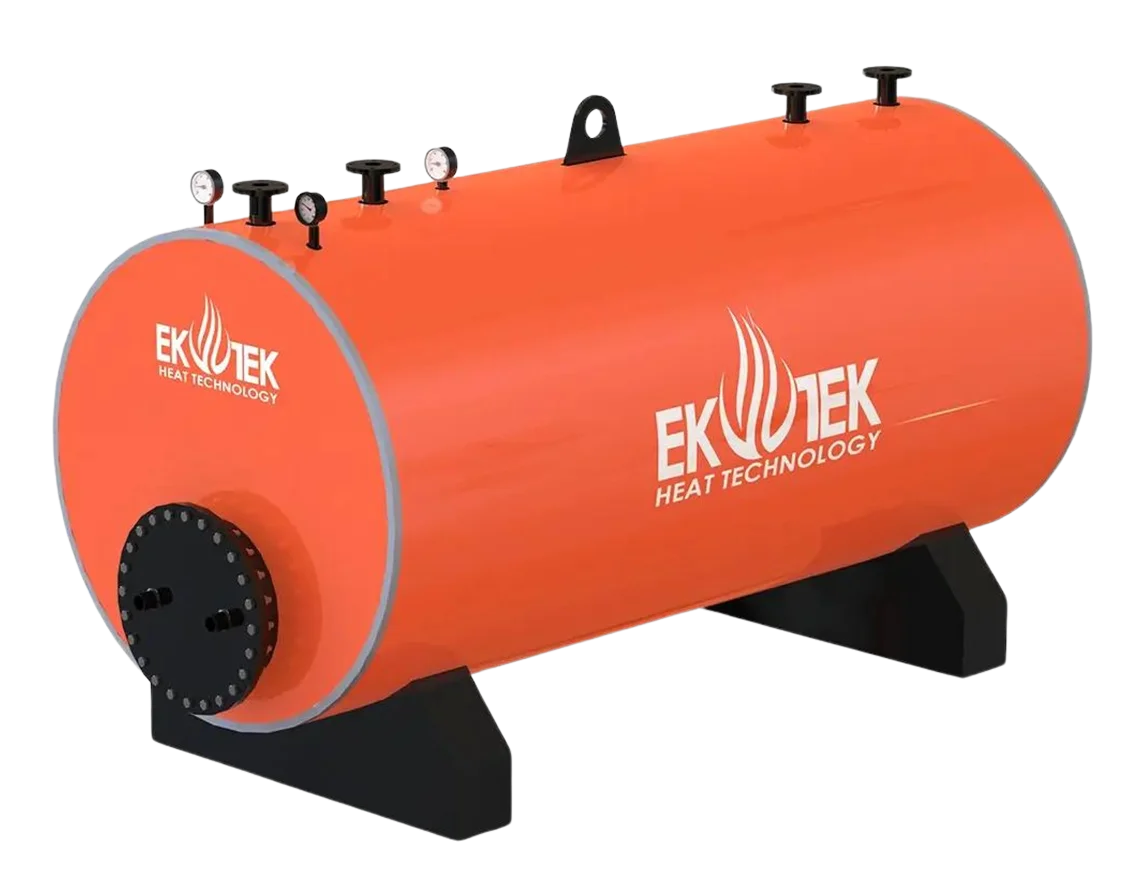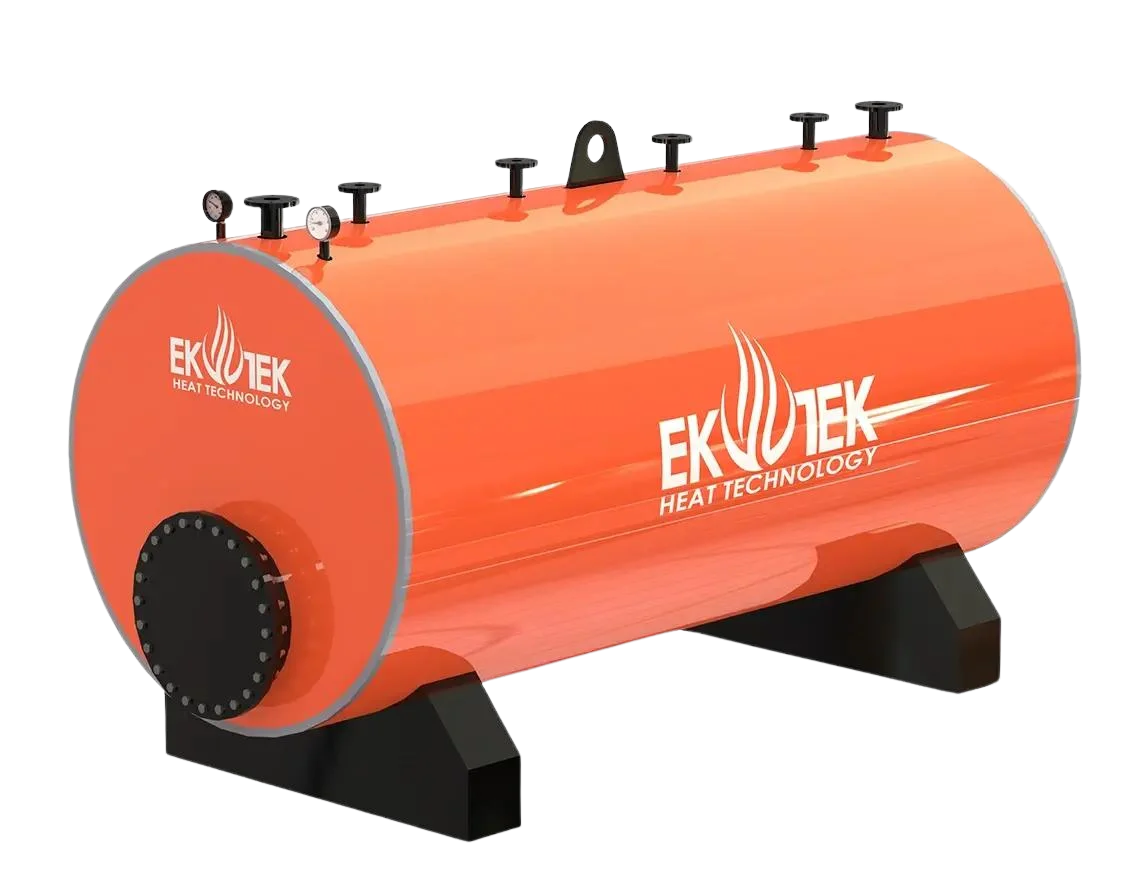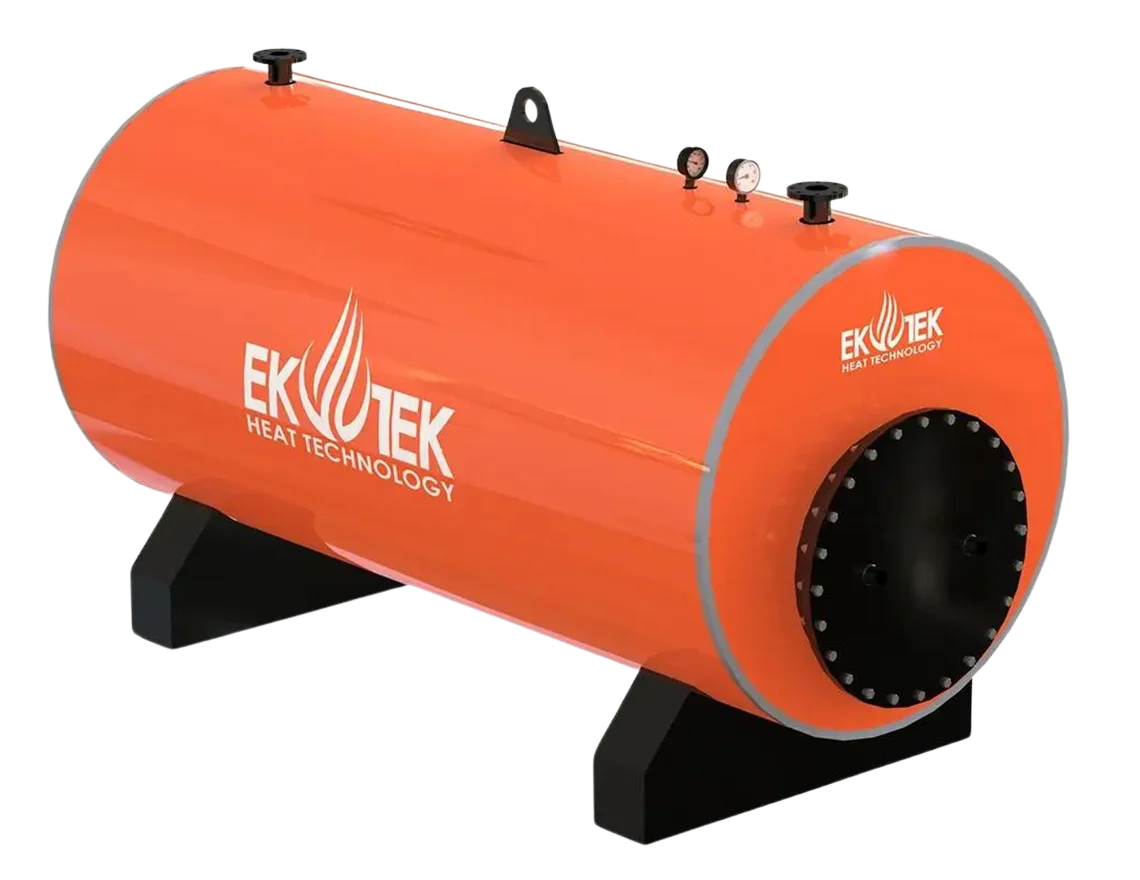What is Serpentine Boiler? What are the Types?
Serpentine boilers are energy efficient and practical solutions that are especially used to meet the need for hot water. As the name suggests, these devices, which contain a serpentine (pipe coil), work on the principle of heat transfer. The coil transfers the heat of the liquid (usually water or antifreeze water) passing through the boiler to the water stored in the boiler, resulting in hot water. So, what are the types of serpentine boilers and in which cases are they preferred? Let's examine the answers to these questions together.
Serpentine Boiler Types
Serpentine boilers are divided into different types according to their intended use, number of coils and design. Here are the most common types:
1. Single Serpentine Boiler
Single coil boilers are the simplest and most widely used type. In this system, there is a single coil inside the boiler. It is usually integrated with a single heat source (e.g. boiler or solar system). It is ideal for meeting hot water needs in homes and small-scale commercial enterprises.
-
Advantages: Simple structure, ease of installation and cost-effectiveness.
-
Disadvantages: Inability to integrate with multiple heat sources.
2. Double Serpentine Boiler
Double coil boilers offer the flexibility to use two different heat sources at the same time. For example, one coil can be connected to the boiler, while the other coil can be integrated with the solar energy system or heat pump. This feature saves energy and improves hot water continuity.
-
Advantages: Flexibility to combine energy sources, high efficiency.
-
Disadvantages: May be more costly than single coil boilers.
3. Stainless Steel Serpentine Boiler
Stainless steel serpentine boilers are especially preferred when corrosion resistance is required. Manufactured from high quality materials, these boilers have a long-lasting and maintenance-free structure. It is frequently used in industrial plants and high capacity hot water needs.
-
Advantages: Corrosion resistant, long life, high performance.
-
Disadvantages: More expensive than other species.
4. Dipped Serpentine Boiler
Submerged coil boilers have a design in which the coil is completely immersed in the boiler tank. In this way, heat transfer takes place more quickly and efficiently. It is especially preferred in places such as hotels, hospitals and gyms where there is a need for fast hot water.
-
Advantages: Fast heat transfer, high efficiency.
-
Disadvantages: Installation and maintenance costs can be high.
5. Electric Serpentine Boiler
Electric coil boilers include a coil system powered by electrical energy. This type of boiler is used as a back-up, especially when the main heat source is insufficient. The electric coil can quickly increase the water temperature and is ideal for emergencies.
-
Advantages: Fast heating, availability in emergency situations.
-
Disadvantages: High operating costs due to electricity consumption.
Areas of Use of Serpentine Boilers
Serpentine boilers are preferred in different sectors and areas of use. Here are the main areas of use:
-
Residential: To meet the need for hot water in homes.
-
Hotels and Resorts: To meet the demand for high capacity hot water.
-
Hospitals: For hygienic and uninterrupted hot water supply.
-
Industrial Plants: Process water and cleaning needs.
-
Gyms and Pools: For showers and pool water heating.
Serpentine boilers are highly effective and efficient systems for meeting hot water needs. There are different types from single coil models to double coil or stainless steel models. Each type addresses different needs and areas of use. Choosing the right boiler is of great importance in terms of energy saving, long life and uninterrupted hot water supply. Therefore, you can choose the most suitable type of coil boiler by considering your needs and budget.



